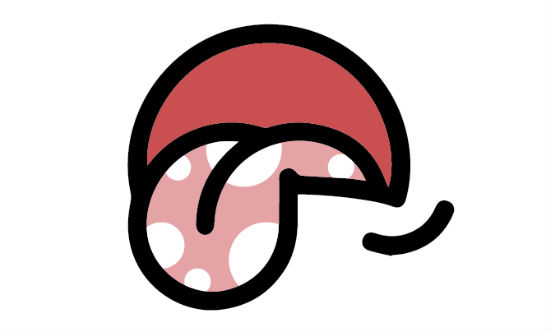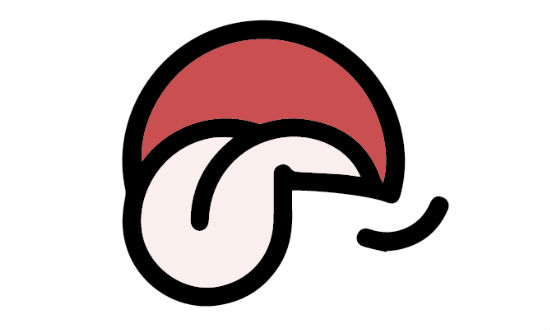
Warning Signs Your Tongue Might Be Sending You
Say “Aaaah” is a common phrase used by doctors before they perform a detailed examination of their patient’s mouth with the help of a bright torch.
So what exactly are they looking for? Isn’t the oral cavity dentist-territory? What wealth of information can they possibly get from inside the mouth?
The truth is that within our mouth lies our tongue, which can carry messages and warning signs of systemic problems occurring in other parts of the body, such as:
White Patches

White patches on the tongue is a frequently encountered problem which is usually insignificant, if mild. If the patches become more evident and have a cottage-cheese texture, it could be oral thrush or candidiasis, which is an easily-treated fungal infection. This fungal infection may be due to immunosuppression and is common in newborn babies or diabetics who have weak immune systems.
Strawberry Tongue

The normal tongue is pink with tiny bumps, which are called papillae in medical terms. If these bumps grow large and the tongue acquires a bright pink color, resembling a strawberry, it could be a sign of an infection. A common infection that causes tongue inflammation is Scarlet Fever, a streptococcal infection usually beginning with a sore throat. Another rare, but more dangerous condition is Kawasaki Disease. This is a systemic inflammation of the arteries, which affects the entire body, including the tongue.
Smooth Glossy Tongue

An inflamed tongue, without enlarged papillae, gives a smooth, glossy appearance. This is usually a subtle symptom of a deficiency in iron, folic acid or vitamin B. Patients suffering from various infections, celiac disease or certain medications may also give the tongue this smooth, glossy appearance, which subsides after the diagnosis and treatment of the underlying condition.
Fissured Tongue

Deepening of the tongue’s fissures may look scary, especially in children but it is common in Down syndrome, Sjogren’s Syndrome and psoriasis.
Another strange looking but the benign inflammatory condition of the tongue is benign migratory glossitis, otherwise known as the Geographic tongue. The tongue gets a map-like appearance as the tongue has many bald, red patches surrounded by an irregular white border.
Lumps and Bumps

In the midst of all the benign tongue-lesions listed above, there is one condition which should be taken very seriously, and that is a hard, painless lump on the tongue or an ulcer which isn’t healing. Especially, in people who are chronic users of betel-nuts, tobacco or other such addictions, these lesions should be biopsied immediately.
Squamous cell carcinoma of the oral cavity is a common cancer in Pakistan, with the tongue being one of the frequently involved sites.
Tongue lesions are usually brought to the attention of doctors relatively early, as any abnormality in the tongue is seen and felt easily. This leads to early diagnosis and early treatment, which is the reason behind the good prognosis and overall outcomes.
Enlarged Tongue
Medically termed “macroglossia,” this is a condition seen in newborns and can lead to difficulties in breathing, chewing, and swallowing. Macroglossia is linked to several different conditions ranging from Down syndrome, amyloidosis, and even hypothyroidism.
Dentists are just as well-versed in tongue lesions and can also provide good advice, especially if poor oral hygiene is making the condition worse. The white fuzz found on the tongue can be responsible for bad breath. In this regard, tongue scrapers are available in stores and may be used along with a toothbrush after meals.
So the next time, your physician asks you to say “Aaaah,” make sure to stick your tongue out so they have a good look above and below the tongue……who knows what warning signs your tongue might be sending you.
Source:
https://www.webmd.com/oral-health/ss/slideshow-tongue-your-health

